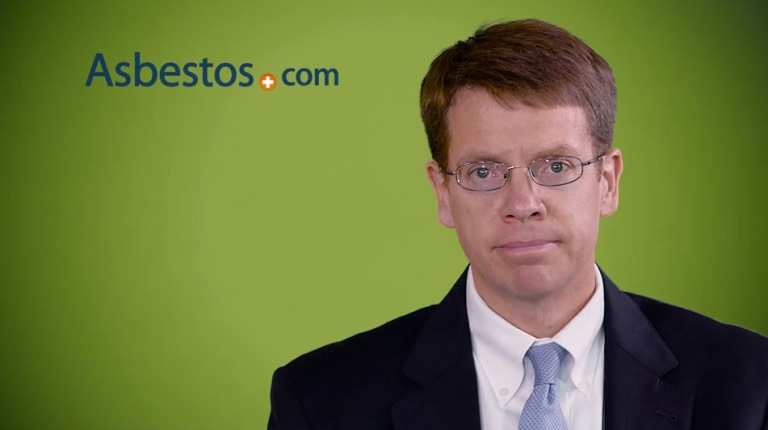Dr. W. Charles Conway
- Surgical Oncologist
- Peritoneal Specialist
- Contributing Writer
- Speciality:
-
Surgical Oncology
- Procedures Offered:
-
Cytoreductive Surgery
HIPEC
Minimally Invasive Surgery
Robotic Surgery - Conditions Treated:
-
Peritoneal Mesothelioma
Abdominal Diseases - Gender:
-
Male
- Language:
-
English
- Speciality:
-
Surgical Oncology
- Procedures Offered:
-
Cytoreductive Surgery
HIPEC
Minimally Invasive Surgery
Robotic Surgery - Conditions Treated:
-
Peritoneal Mesothelioma
Abdominal Diseases - Gender:
-
Male
- Language:
-
English
About Dr. W. Charles Conway
Dr. W. Charles Conway specializes in treating peritoneal malignancies such as mesothelioma. He serves as the director of surgical oncology at Ridley-Tree Cancer Center where he assembled its first multidisciplinary team. He also expanded services so patients in the Santa Barbara area had more treatment options closer to home.
Speaking about the importance of offering tumor-removing surgery like peritonectomy with heated chemotherapy, Dr. Conway shares with us, “These mesothelioma patients are in a tough spot. But you can make a difference for them with hard work and the experience we have. It’s a difficult operation, and the post-operative care is difficult. But we are well-equipped to handle it here.”
Medical Education & Experience
- Ridley-Tree Cancer Center (Director of Surgical Oncology)
- Ochsner Cancer Center
- Cedars-Sinai Medical Center (Fellowship)
- John Wayne Cancer Institute (Fellowship)
- Detroit Medical Center (Internship & Residency)
- International Studies Program in Ghana
- Wayne State University School of Medicine (M.D.)
- American Board of Surgery (General Surgery Certification)
Associations, Awards & Recognition
- Outstanding Clinical Faculty Award
- Castle Connolly Regional Top Doctor
- The Cancer Foundation of Santa Barbara (Named a Trustee)
- American Society of Clinical Oncology (Member)
- Society of Surgical Oncology (Member)
- 2018 Donor Acknowledgement
Why Choose Dr. W. Charles Conway for Peritoneal Mesothelioma Care
Before joining the Ridley-Tree Cancer Center in 2017, Dr. Conway spent 8 years at the Ochsner Cancer Center in New Orleans, where he performed the first totally robotic Whipple procedure (a pancreaticoduodenectomy) in Louisiana history.
He continues to innovate in robotic surgery for his patients in Santa Barbara. As a pioneer in robotic surgery, Dr. Conway offers his patients a minimally invasive mesothelioma treatment option that shortens recovery time and helps people with mesothelioma enjoy an improved quality of life.
Dr. W. Charles Conway’s Publications
- Bolton, N. et al. (2019, April 21). Multi-agent neoadjuvant chemotherapy and tumor response are associated with improved survival in pancreatic cancer. HPB (Oxford): Journal of the International Hepato-Pancreato-Biliary Association.
- Bolton, J. & Conway, W.C. (2011, October). Postgastrectomy Syndromes. The Surgical Clinics of North America.
- Conway, W.C. & Bolton, J.S. (2011, March). Surgical Treatment of Pancreatic Cancer. Journal of Louisiana State Medical Society.
Dr. Conway Videos
What is hypothermic intraperitoneal chemotherapy (HIPEC) and how does it work?
[MUSIC PLAYING] Hyperthermic intraperitoneal chemotherapy, or HIPEC for short, is essentially heated chemotherapy applied directly into the abdominal cavity. The mesothelioma tends to grow just within the abdominal cavity. It doesn’t tend to spread as often in the blood to distant organs or even in the lymph nodes. So it’s sort of tumor cells that are just sort of coating surfaces. And we believe that if we remove all of the disease that we can see, all the tumor tissue that we can see, that there are likely still cells left behind that we can’t see. The rationale has been put forth that perhaps we could directly treat this with chemotherapy. [MUSIC PLAYING]
What is a peritonectomy?
[MUSIC PLAYING] Essentially, it’s where we remove the lining of the abdominal cavity. So the lining is where the mesothelial cells that have become cancerous are. And we essentially make an incision up and down on the abdomen and then remove the lining, both the side wall, up under the diaphragm, down in the pelvis, and just try to get all those surfaces where there is either obvious disease that we can see that’s grossly abnormal and we can look at it and say, yeah, that needs to come out, but also make sure we get all those surfaces where we know those mesothelial cells are. [MUSIC PLAYING]
How does peritoneal mesothelioma differentiate from pleural mesothelioma?
[MUSIC PLAYING] Peritoneal mesothelioma is different than pleural mesothelioma essentially because it’s just a different site in the body. It’s a cancer that comes from the same cell of origin, the mesothelium cell. You can get cancer from really any cell in your body. You can get cancer in bone cells, fat cells, muscle cells. But in this particular case, there’s a layer of cells both in the chest as well as in the abdomen that have a lining function that regulate the passage of fluid across the membrane into the cavity or out of the cavity. And then also allow tissues to slide easily without getting stuck, which is, of course, really important when you breathe or when the bowels move around. But you have these same cells in the lining of the abdominal cavity as you do have lining the chest cavity, so you can get mesothelioma in the abdomen as well as in the chest. [MUSIC PLAYING] Mesothelioma of the peritoneal cavity only makes up about 20% to 30% of all the mesothelioma cases in the US. That comes out to an incidence of about 400 new cases per year. Likely, it’s just that the peritoneal lining is less commonly exposed to asbestos than the lining of the thoracic cavity where the fibers are easily inhaled. [MUSIC PLAYING] I try to, first, tell them that they certainly have treatment options. A lot of folks in the medical community still are fairly nihilistic about this disease. So the first thing I like to tell them is that they certainly do have options. Essentially without treatment, the median survival is a year or maybe a little bit less. With good treatment that we use now, that median survival can actually be several years. [MUSIC PLAYING] First and foremost, you need to make sure the diagnosis is correct. So you need a pathologist that’s comfortable making that kind of a diagnosis. There are some other tumor types that sometimes are mistaken for mesothelioma. So a path review I think is important. The next thing certainly is need to be in a place that has a multidisciplinary treatment team that can discuss your case, look at the imaging, and then come up with a plan that would be best on an individual basis for someone with malignant peritoneal mesothelioma, good infrastructure to be able to make that possible, surgeons that are comfortable with difficult complex cases, a place where folks aren’t terribly pessimistic or nihilistic and are willing to try treatments for this difficult to treat disease. [MUSIC PLAYING]








